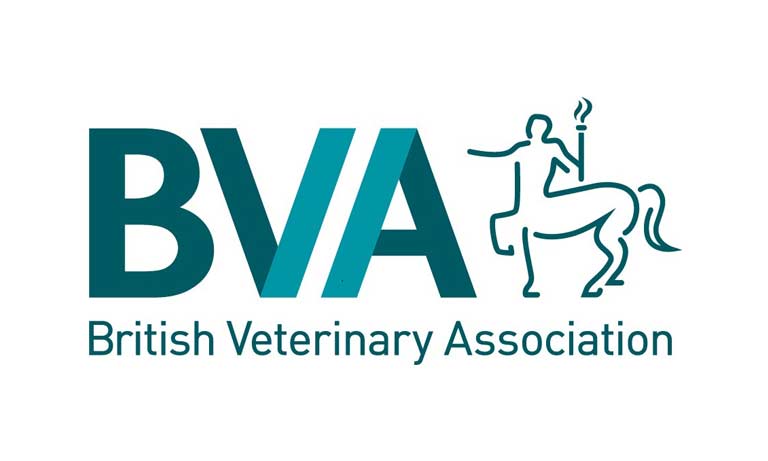Brucella canis: what vets need to know
14 Feb 2024
22 Sep 2019 | Alice McNamara
Alice McNamara co-ordinates the Laboratory Animal Veterinary Association (LAVA) EMS scheme, to teach more vet students about this fascinating area of veterinary medicine.

I graduated vet school with a deep understanding of the lifecycle of parasites, a vague idea of how to treat cruciate disease, and no clue at all about the duties of a Named Veterinary Surgeon.
After countless puppy vaccinations, endless conversations about how a beloved pet might be “a wee bit on the chunky side,” and one “emergency” flea treatment too many, I started to think that maybe it was time for a change. I started to apply for any position that required an MRCVS in my local area, that didn’t come under the auspices of “general practice.” I was offered an interview at my local contract research organisation. The job advert was a bewildering blizzard of unfamiliar acronyms – A(SP)A, NACWO, AWERB….
In desperation, I dug out my public health notes from university. Apparently, I had been to one lecture about this, in deepest, darkest 4th year. However, reading the notes again did not stir any flicker of recognition. I urgently crammed some facts (this I did remember from my 4th year…) in preparation for my interview.
Fast forward three years and I am a full-time laboratory animal vet. Those desperately crammed facts are now second nature to me, as I advise NACWOs (Named Animal Care and Welfare Officers) on A(SP)A (the Animal (Scientific Procedures) Act) and attend AWERB (Animal Welfare Ethical Review Body) meetings.
One of my roles is serving as the EMS co-ordinator for LAVA (the Laboratory Animal Veterinary Association). I am certainly not the only vet who has graduated with little knowledge of field of animal research, and how vets contribute to this.
To support students to gain a greater understanding of our sector, LAVA offers an EMS scheme to enable and facilitate veterinary students in their final years of study to learn about the field of animal research. Students are supervised by a veterinary surgeon working under A(SP)A, (usually the Named Veterinary Surgeon or deputy), and spend their time observing the work vets perform in this field. Students accepted on to the scheme are reimbursed for all reasonable expenditure incurred for accommodation, food and travel up to a maximum of £300. Placements are for 1 week, at multiple locations across the UK.
A placement with a laboratory animal vet is useful not only for students who are considering a career in this area, but for every vet student. As veterinary surgeons (and veterinary surgeons to-be), we all use the results of animal research in our daily work – basic science, new drugs, safety testing etc. Understanding animal research leads to a deeper understanding our profession as a whole.
Every placement with a laboratory animal vet is different, depending on the type of research performed at the establishment. Different species, different timescales, different scientific challenges - no two laboratories are the same. For example, in a typical week I will:
I would encourage any vet student in their final years of training to get in touch and apply for a placement at one of our establishments. Further details can be found on the LAVA website or by contacting me at [email protected]. Early applications are encouraged, as placements can be booked up months or even years in advance.
I want to be able to share the excitement and satisfaction my job gives me with a new generation of veterinary surgeons. I get to combine the hands-on skills of general practice with the “bigger-picture” work of advancing science. Life as a laboratory animal vet is a constant learning process, as we are faced with new scientific challenges and questions every day. In the last three years I have learned so much, from the infectious diseases of mice, to how to intubate a 100kg sheep. But I still don’t really know how to repair a torn cruciate.
Get tailored news in your inbox and online, plus access to our journals, resources and support services, join the BVA.
Join Us Today